Your home’s sewer system consists of multiple drain pipes from the toilets, sinks, and bathrooms connected to a main sewer line. The main sewer line plays an important role in directing your home’s wastewater to the local main sewer system for disposal.
However, most homeowners give little thought to their home’s sewer line until a serious problem occurs, like a blockage. A clogged sewer line can be a headache and potentially wreak havoc on your home’s plumbing.
When left unattended, a blockage in your sewer line can worsen, requiring costly repairs and putting your family’s health at risk. The sooner you recognize a clog in your sewer line, the easier and less costly it can be to fix the problem and prevent catastrophic damage to your home.
If your wastewater flows out to a septic system and you experience severe and recurring drainage issues, you may need the help of a professional tank removal service to have it safely replaced with a larger tank. You can even choose to connect to your town’s sewer system. To keep your home and family safe, here are some top warning signs your sewer line could be clogged:
1. Water Backs Up From Multiple Drains
One of the top signs your sewer line could be clogged is when you notice water backing up from the drains and into your toilet, sink, or bathroom. If the backup happens only from a single drain, then the problem could be on that specific drain only but not your main sewer line. That’s because every water fixture’s drain line feeds into your main sewer line.
A blockage in one of the drain lines won’t affect the rest of the lines, but a clog in the main sewer line will affect multiple drain lines of your home. If you notice water backing up from multiple drains, you need to hire a professional plumber to inspect your main sewer line for blockage, so it can be cleaned and unclogged as soon as possible.
2. Slow Drains
Besides drain backups, your sewer line could also be blocked if water drains slowly or not entirely from multiple plumbing appliances and fixtures throughout your home. Check the drains when showering, flushing the toilet, and washing dishes in your kitchen sink to see if water flows out normally. If multiple areas of your home are experiencing a slow drain, your sewer line could be clogged.
A clogged sewer line will often affect your home’s multiple bathtub, shower, toilet, and sink drains. For instance, if flushing a toilet or operating your washing machine makes a nearby sink overflow, a blockage in your sewer line might be the cause. Flushing your toilet repeatedly when it’s slow draining could also cause it to overflow. This can cause bacteria contamination and water damage to your home.
3. Sewer Line Cleanout Overflow
Another sign you likely have a clogged sewer line is sewage outflow from your sewer cleanouts or a leakage in your sewer line cleanout, forming a pool of dirty water around the pipe. Sewer cleanouts are designed to give professionals easy access to your main sewer line when clearing out clogs and are often found in the exterior or the basement of a house. So, look around your home, including the exterior, to know where your sewer cleanout is located.
Once you find it, check if dirty water is backing up or standing around the sewer cleanout to confirm whether or not your sewer line is clogged. If you notice sewage outflow, contact drain cleaning services to help clear out clogs in your main sewer line.
4. Funky Smells and Gurgling Sounds
You likely have a clogged sewer line if you smell a foul odor coming from the drains of your home’s sinks, bathtub, and shower. The foul smell indicates sewage isn’t draining properly through the sewer line as it should. Typically, the odors produced by sewage water should flow out the drains and through the sewer line, leaving your home without the unpleasant smell.
However, if you notice the foul sewage smell in multiple drains around your home, your sewer line might be clogged, or the pipe broken. Alongside the foul smell, you may hear gurgling sounds coming from your toilet while running your washing machine or using nearby fixtures. The gurgling sound is also a common sign of a blocked sewer line.
5. Flooded Yard
Standing water in your home’s yard is another common sign you have a blockage in your sewer line. This is especially true if it hasn’t rained for some time in your area. Sewer lines are usually located a few feet underground. If you notice standing water or a muddy mess with a foul smell in your yard, your main sewer line pipe could be broken or damaged, causing a leakage. Sometimes, the part of your yard where the sewage is leaking out may appear more lush or with thicker plant growth than normal.
Endnote
When your main sewer line is clogged, wastewater can’t drain to the septic tank or the public sewage system, forcing it to flow back into your home. If you notice any of the above signs, contact a professional sewer plumber immediately to inspect your sewer line to identify the problem and fix it before it gets worse.

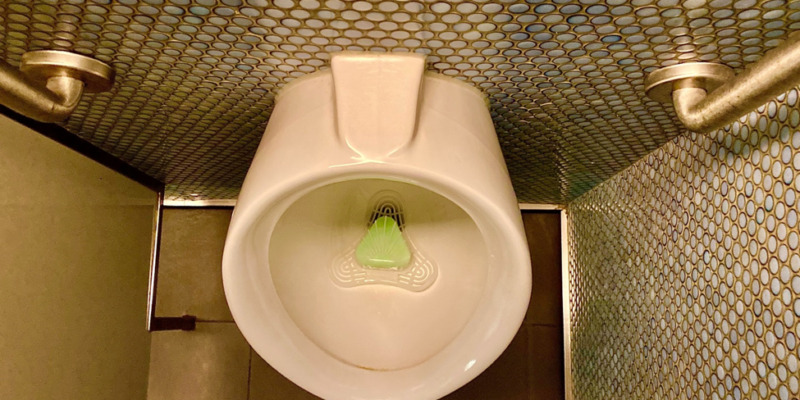

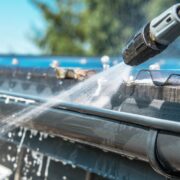

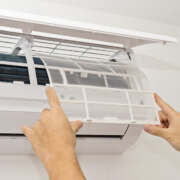

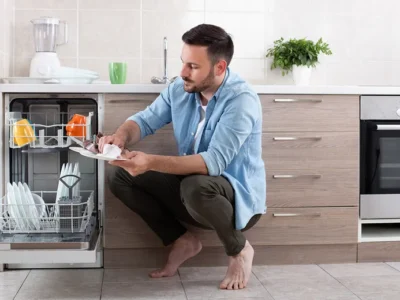
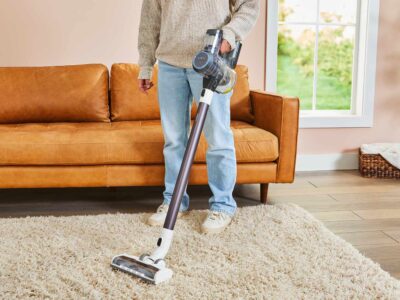
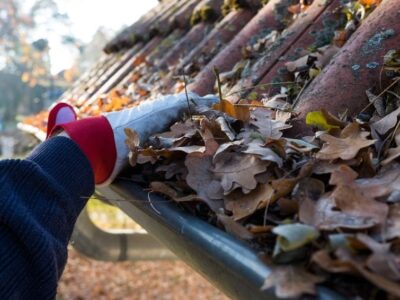



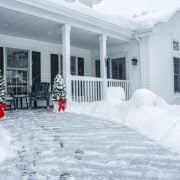
Comments